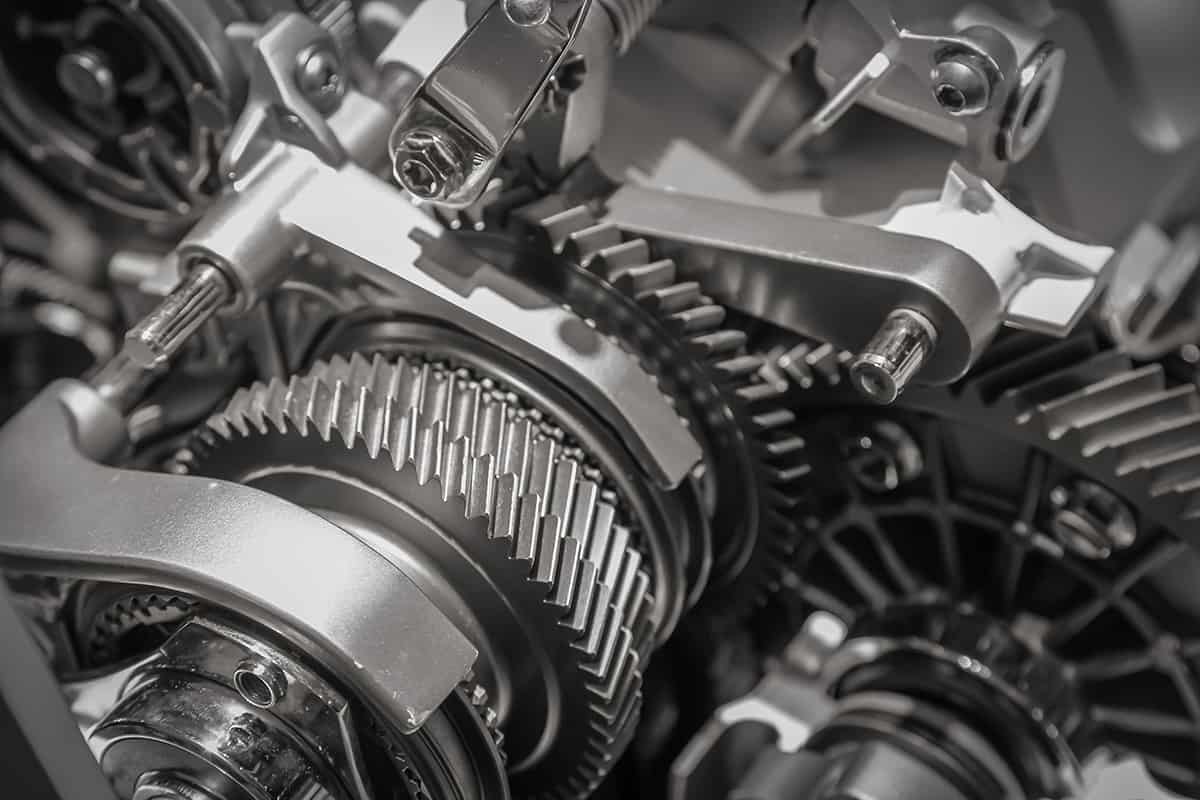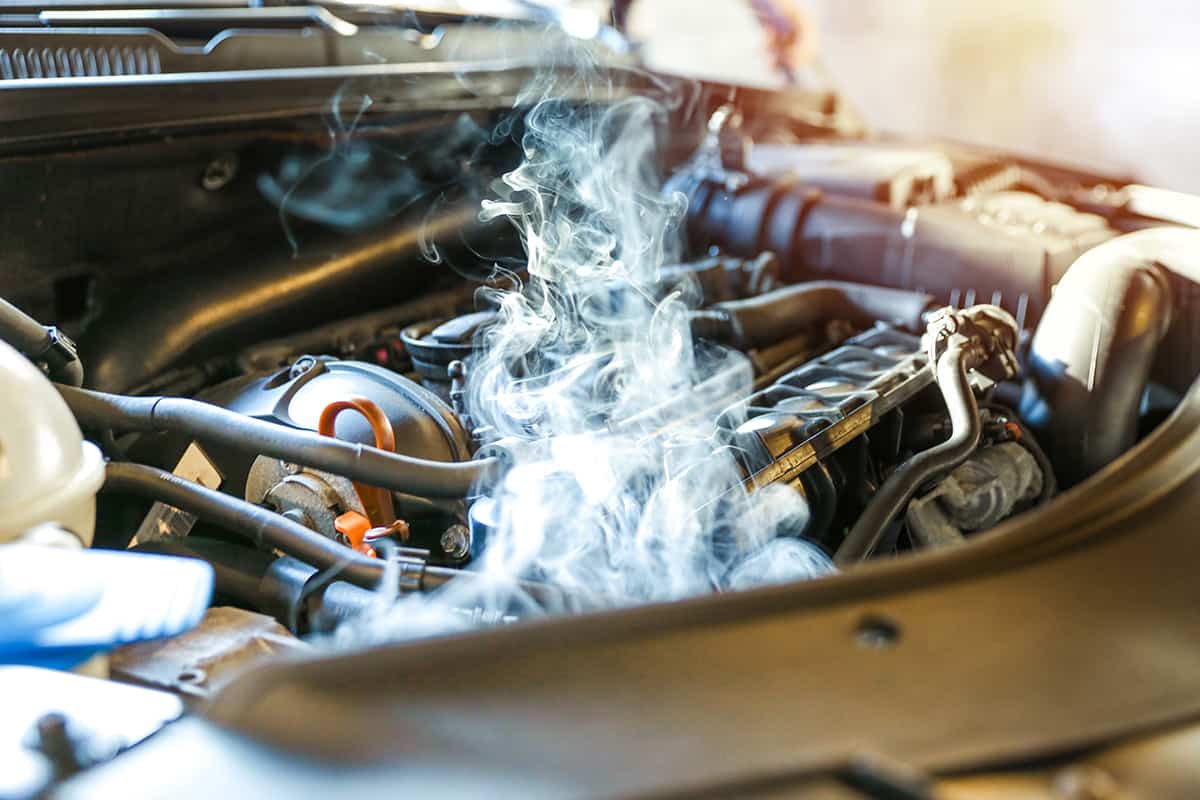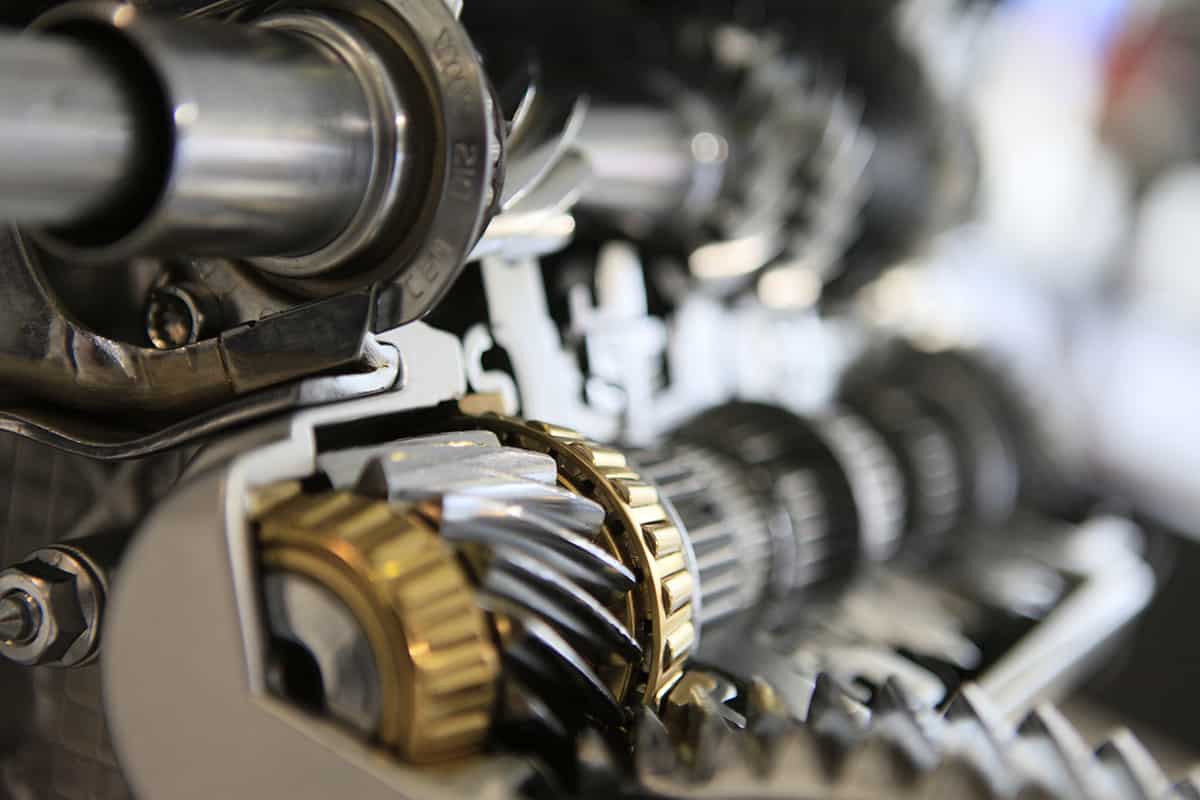Owning a car comes with many responsibilities, and one of the key aspects to pay attention to is the health of your car’s transmission. The transmission is part of the vehicle that transfers power from the engine to the wheels, allowing you to drive at different speeds. If it gets too hot, it can cause serious problems and even damage your vehicle. Keeping your transmission cool can ensure the smooth and safe operation of your car.
To cool down your transmission fast, safely pull over and turn off your car. Let it sit for a few minutes to cool down. If needed, turn on the engine and let it idle without driving. Reduce the load by removing excess weight, shift to a lower gear when needed, and increase airflow by driving at moderate speed with windows down.
In this article, we’ll discuss the importance of maintaining a cool transmission. We’ll also provide you with practical tips on how to quickly cool down an overheating transmission.
Understanding Car Transmission

The car transmission is an essential part of your vehicle, as it transfers power from the engine to the wheels, allowing you to drive at different speeds. To better understand how to cool down your car’s transmission, it’s helpful to learn about the types of transmissions and how they generate heat.
Types of transmission
There are four main types of transmissions found in cars:
- Manual—In a manual transmission, the driver uses a clutch pedal and gear shifter to change gears. This type of transmission provides better control and fuel efficiency but requires more skill to operate.
- Automatic—An automatic transmission changes gears on its own without any input from the driver. It’s easier to use than a manual transmission, but it may be less fuel-efficient.
- Semi-automatic—A semi-automatic transmission combines features of both manual and automatic transmissions. The driver can choose to shift gears manually or let the car shift gears automatically.
- Continuously Variable Transmission (CVT)—CVT is a unique type of transmission that doesn’t have fixed gears. Instead, it uses a belt and pulley system to provide an infinite range of gear ratios, making the driving experience smoother and more efficient.
How transmissions generate heat
The average temperature for a properly functioning transmission is between 160°F and 200°F (70°C to 93°C). However, as you drive, the temperature of the transmission will increase due to heat, which is caused by the following factors:
- Friction—When gears and other components interact, friction is created, which produces heat. The more friction there is, the more heat will be generated.
- Load—The weight of the vehicle and the force needed to move it creates a load on the transmission. When the load is heavy, the transmission has to work harder, generating more heat.
- Inefficiencies—No transmission is perfectly efficient, and some energy is lost as heat. Older or poorly maintained transmissions may have more inefficiencies, leading to higher temperatures.
Signs of An Overheating Transmission

An overheating transmission can lead to serious problems for your car; you need to recognize the signs early to avoid costly repairs.
1. Warning lights
Most cars have a dashboard warning light that alerts you to an overheating transmission. This light may be labeled “AT” (automatic transmission) or display a thermometer icon. If this light comes on, it’s a clear sign that your transmission is too hot and needs to cool down.
2. Burning smell
A burning smell coming from your car may indicate an overheating transmission. This odor is often caused by overheated transmission fluid or components getting too hot. If you notice this smell, pull over and let your car cool down to prevent further damage.
3. Erratic shifting
When your transmission is overheating, it may struggle to shift gears smoothly. You may experience sudden or rough gear changes, or your car may not shift gears at all. If you notice these issues, it’s a sign that your transmission is not functioning properly and may be overheating.
4. Slipping gears
An overheating transmission can cause your car to slip out of gear unexpectedly. This can be dangerous, especially while driving at high speeds. If you experience slipping gears, you need to address the problem immediately to avoid accidents and further damage to your transmission.
Quick Ways to Cool Down Transmission
If you’ve noticed signs that your car’s transmission is overheating, you should take immediate action to prevent further damage.
1. Stop and Cool
When your transmission is overheating, the first step is to safely pull over to the side of the road. Turn off your car and let it sit for a few minutes to allow the transmission to cool down. If needed, you can also turn on your car’s engine but let it idle without driving to help dissipate the heat.
2. Reducing Load
To help your transmission cool down faster, try to reduce the load on your car. Remove any excess weight from your vehicle, such as luggage or cargo. If you’re driving uphill or towing a heavy load, shift to a lower gear to reduce strain on the transmission. Turning off your air conditioning can also help, as it requires less power from the engine.
3. Increasing Airflow
Driving at a moderate speed with your windows down can help increase airflow around your car, which can help cool the transmission. If possible, choose a route with fewer hills or traffic to avoid excessive load on your transmission. When driving, avoid aggressive acceleration, as this can generate more heat.
Long-Term Solutions for Cooling Down Transmission
In this section, we’ll explore long-term solutions to improve your transmission’s cooling system and enhance its overall performance.
Upgrading Transmission Components
Upgrading certain transmission components can help reduce heat generation and improve cooling efficiency. Some upgrades you may consider include:
- High-performance clutches—Upgrading to a high-performance clutch can handle more power and heat, reducing the chances of overheating.
- Improved torque converters—A high-quality torque converter can transfer power more efficiently, generating less heat and improving your car’s overall performance. Consult with a professional mechanic to determine which upgrades are suitable for your vehicle and ensure they’re installed correctly.
Regular Maintenance
Proper maintenance is crucial for keeping your transmission cool and preventing overheating. Some maintenance tasks to perform regularly include:
- Checking and changing transmission fluid—Regularly check your transmission fluid level and condition. If it’s low or appears burnt, it’s time for a change. Follow your vehicle manufacturer’s recommendations for the fluid type and change intervals.
- Inspecting transmission components—Regularly inspect your transmission for signs of wear or damage, such as leaks, worn gears, or a damaged cooler. If you find any issues, have them repaired promptly by a professional mechanic.
- Monitoring transmission temperature—Keep an eye on your transmission temperature gauge, if your car has one, to ensure it stays within the recommended range. If the temperature consistently rises above the safe level, it’s time to investigate the cause and take action.
Enhancing Cooling System
Improving your car’s cooling system can help prevent transmission overheating. Consider the following enhancements:
- Installing a larger transmission cooler—A larger transmission cooler can dissipate more heat, keeping your transmission at a safe temperature. Make sure to choose a cooler compatible with your vehicle and follow the manufacturer’s recommendations for installation.
- Adding an auxiliary fan—An auxiliary fan can increase airflow around your transmission cooler, helping it work more efficiently. Make sure to choose a fan that’s compatible with your car and install it according to the manufacturer’s instructions.
- Upgrading radiator and cooling fans—Upgrading your car’s radiator and cooling fans can improve overall engine cooling, which can indirectly benefit your transmission as well.







